You’re riding the Universal Studios tram, enjoying the peaceful sights and sounds of the Hollywood theme park. But sitting amongst you is an important witness wanted by an evil syndicate.
Agent Hobbs – aka Dwayne Johnson – from the Diplomatic Security Security moves your tram to a safe location.
Suddenly, the witness – and your tram – is pursued by the syndicate through the streets and freeways of Los Angeles. Trucks and drones come at you from all sides. There’s gunfire, insane stunts, explosions and general craziness everywhere.
But it’s OK, you’ve got Hobbs, Dom (Vin Diesel) and a familiar crew with some pretty high powered vehicles keeping the attackers at bay.
Mostly.
That’s just a summary of the experience that is Fast and Furious: Supercharged, the tram attraction that is now part of the Studio Tour at Universal Studios Hollywood and designed as an immersive extension of the hugely popular Fast & Furious film franchise. Behind the ride was the team at Universal Creative, the design division of Universal’s theme parks, led by director Thierry Coup and media producer Mark Rhodes. Helping to bring the immersive imagery to life was visual effects supervisor Chris Shaw, who also oversaw the impressive effects for Harry Potter and the Escape from Gringotts.
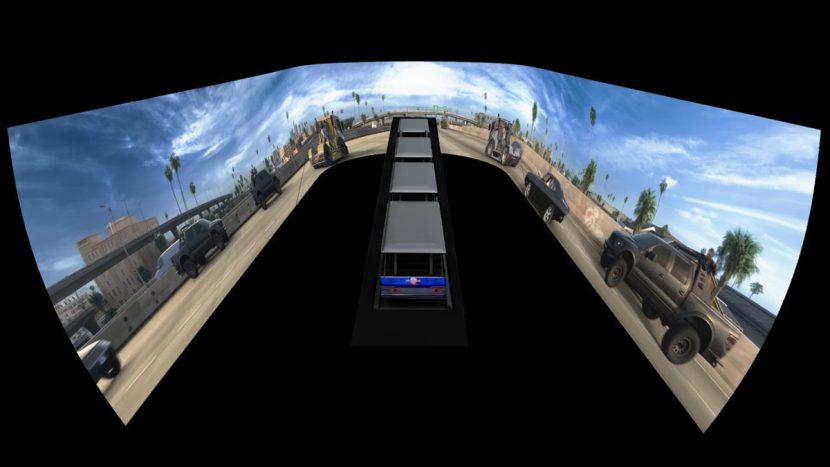
For Supercharged, a complicated mix of projection and motion base choreography would be required. “The scale of it was staggering,” says Shaw. “The entire 120 foot long tram drives into the ride building, through two pre-show scenes and then into the main show screen, built around a hydraulic motion base platform. The screen is a huge U shape, wrapping completely around the tram – 400 feet long by 40 feet high. The projection is handled by 18 overlapping Christie 4k projectors. That meant the media required was an enormous 28,000 by 2,000 pixels, 90 seconds long, and running at 60 frames per second stereo – a data size equivalent to an entire stereo feature film.”
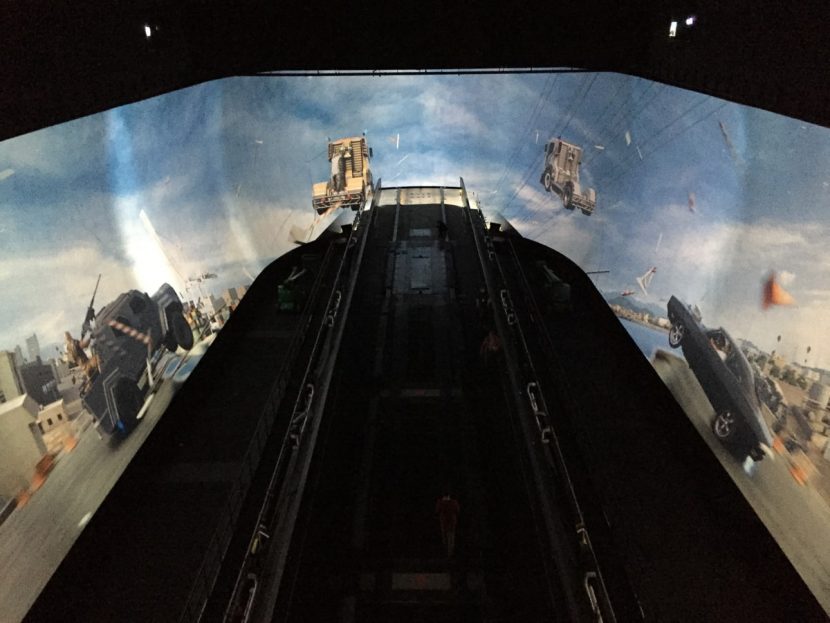
Just envisioning the scale of the screen and the action that would happen around the tram riders was a major task. Universal Creative looked to The Third Floor LA to previs the ride, which was undertaken under previs supervisor Barry Howell. The planning was taken further with a mock-up of the screen built by Universal in a hangar in Playa Vista. “This meant,” says Shaw, “that even during the early previs phase, the team could project test media and get a feel for the sense of energy and movement. Because the tram is so large, and the guests don’t have lap bars, it couldn’t move as vigorously as some other attractions. Much of this energy had to come from the projected media, plus practical effects like wind and smoke.”
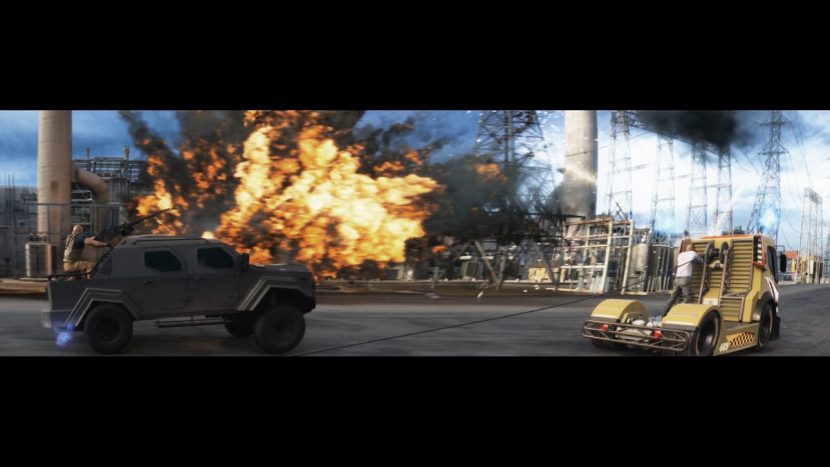
Universal and Shaw had enlisted MPC in London and visual effects supervisor Ben White to produce the visual effects for the LA chase based on stunt and greenscreen photography. The VFX team were also involved early on to help establish the screen setup. “We traveled to LA to view the previs in the mockup screen and what quickly became apparent was how much the image was affected by your position in the tram,” recounts Shaw. “If you based it on a virtual camera position in the center of the tram, it looked great from there, but move towards the front or back of the tram and everything became very distorted. The cars looked flattened and sheared.”
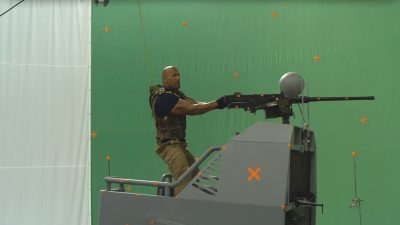
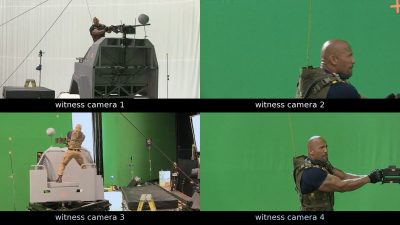
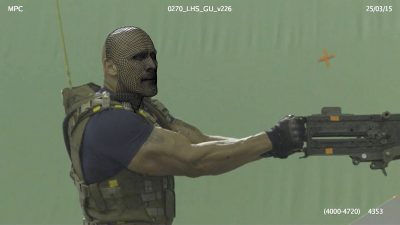
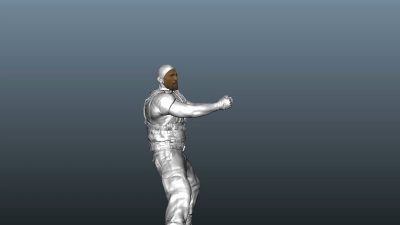
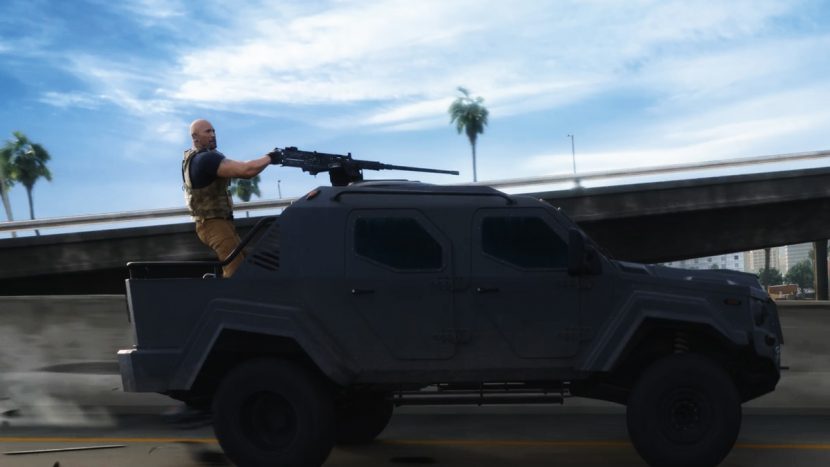
On a traditional screen, this could be countered by pulling the camera back and narrowing the field of view. But since the Supercharged screen wrapped all the way around, correcting one side would have made the other side even worse. “So Rob Pieke, MPC’s software lead, wrote a custom camera shader for RenderMan which managed this effect as you moved around the screen,” describes Shaw. “Effectively, each pixel became its own camera, each with a slightly different position. This also allowed the stereo offsets to adjust for every pixel, giving accurate 3D in all directions.”
“Because of the curved screen shape, we constantly had to watch for cross-contamination,” adds Shaw. “A bright area on one part of the screen could completely wash out the blacks in another dark area. This meant a contrasty sunlit look was out. Working with Thierry, we settled on a diffused look with a low sun shining through hazy cloud. It was critical that the light direction stay consistent throughout, so MPC produced reference clips for each character. This allowed DOP Tony Cutrono to accurately match the greenscreen lighting, whichever direction we were shooting in.”
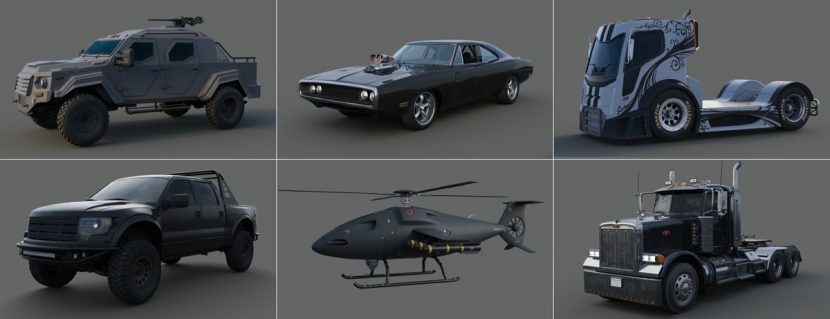
The Fast & Furious films have always relied heavily on real stunts – Supercharged would be no different, although Shaw quickly established that shooting sections of the environments for the chase could not be acquired via traditional means. “The complex screen distortion, the enormous resolution and the very specific lighting requirements meant the city had to be full CG,” says Shaw. “To keep it grounded in reality though, it was entirely built from location photography.”
Motion control shoot.
Universal hired Scott Trimble, an LA based location manager, who worked with Thierry and Shaw to scout dozens of areas for the elements they would need. “MPC then sent a small stills crew for a two week shoot,” notes Shaw. “They had SLRs on Roundshot motorized heads, mounted on cranked lighting stands. That meant they could move quickly down a street shooting high resolution panoramas from different heights. LA isn’t ideal when you want to shoot textures in flat light, so they had to move quickly between locations, chasing shadows or backlight. They covered a huge amount of ground, on city streets, closed freeways, working refineries and the LA docks, to name a few, and brought back over 15Tb of data. This all fed into MPC’s asset modelling and layout pipeline to construct around 30 square miles of city, plus the surrounding hills, overseen by CG supervisor, Diego Guerrero.”
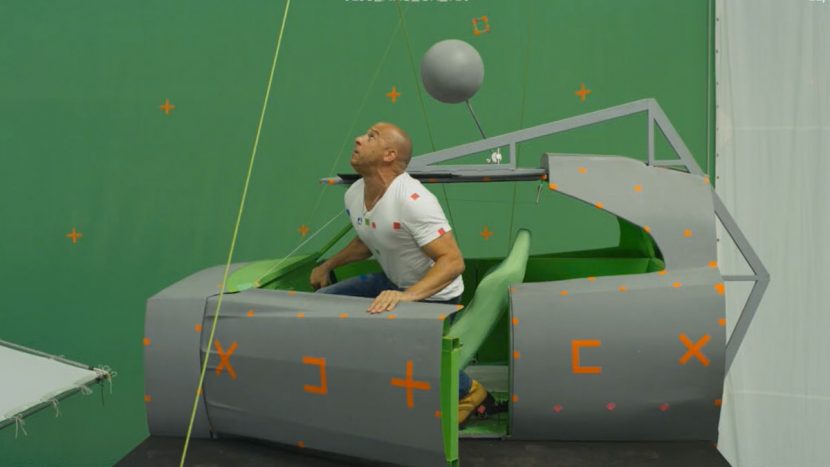
The next step was to acquire footage of the actors as they drove, jumped and chased through the streets of LA. The frenetic nature of the ride – and the characters on the screen – would be a challenge for the ridemakers to capture. “Over the years I’ve done a lot of motion control work of flying, riding or walking characters,” states Shaw. “Where the performer has limited contact with the CG world, you can get away with a lot by pinning their feet, saddle et cetera. For this ride, the characters were constantly on the move, grabbing steering wheels, climbing ladders or kneeling on car exteriors, with multiple, shifting points of contact.”
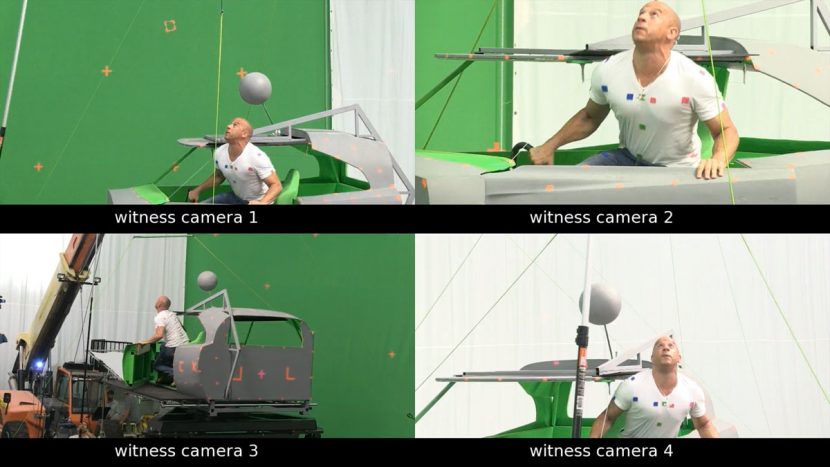
“Because of this,” notes Shaw, “we realized that shooting full body elements wasn’t going to work. Plus on a greenscreen stage, it’s almost impossible to get the amount of wind necessary to give clothes the energy you’d see when moving at 120mph. Thierry really wanted to audience to engage with the characters during their dialogue though, so full digi-doubles wouldn’t have held up either.”
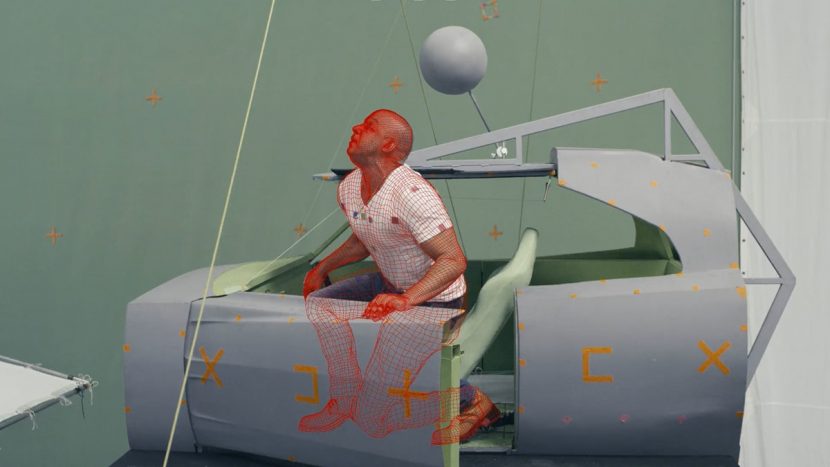
So the team settled on a hybrid approach where the actors would be filmed in costume but fully markered and with multiple witness cameras. “MPC body-tracked each performance, then re-projected the facial element onto their digi-double,” explains Shaw. “This meant that hands and feet could be tweaked to exactly lock to the vehicles, and the CG hair and clothes could be given enough movement to really show the speed. It also gave us multiple cut points, since whenever a character looked away from camera, we could switch between facial elements.”
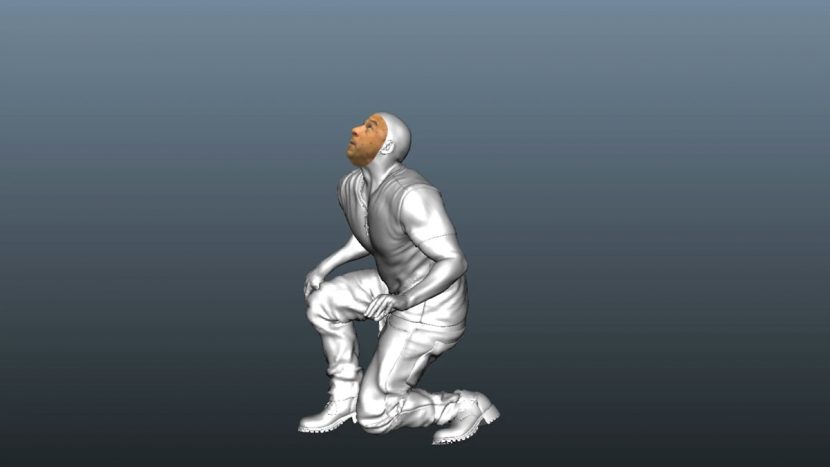
The cut points were crucial – a “lifesaver,” says Shaw. “Most of the characters are on-screen continuously for 60 seconds or more, so shooting their elements in a single take would have been a nightmare. Characters were shot singly or in pairs, so there was constant checking and adjusting of cues to make sure everything timed out correctly. Compositing supervisor Martin Riedel was on set, maintaining a running rough comp, which was invaluable.”
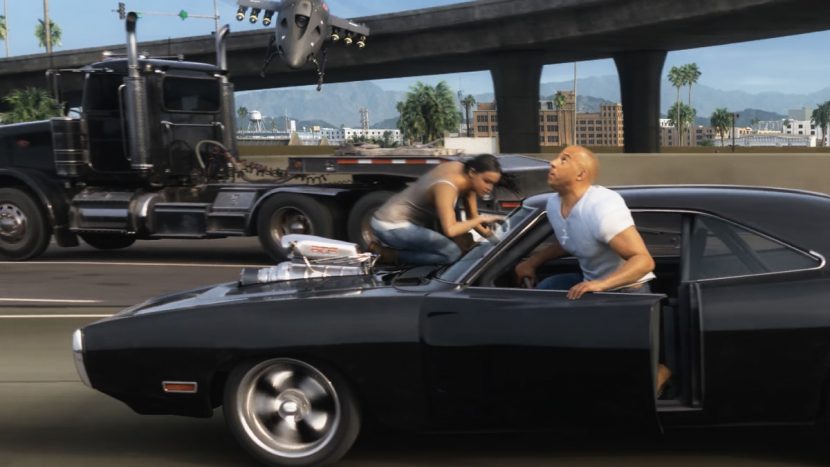
The actors performed in vehicle bucks made by New Deal Studios which were mounted on a hydraulic motion base from NAC Effects. This was driven directly from techvis devised by MPC. Many of the planned vehicle manoeuvres were going to be fast, very fast, which meant the ridemakers needed the fastest camera rig they could get. “We looked at a lot of options, and eventually settled on the Bolt from Camera Control,” says Shaw. “It’s an industrial robot mounted on a Milo track base. The acceleration it can pull is incredible, but even it couldn’t reproduce the violence of high speed impacts. Fortunately, MPC’s facial re-projection technique meant we weren’t locked to the exact perspective we’d shot – the CG characters could be thrown around more violently and the face elements would track with them.”
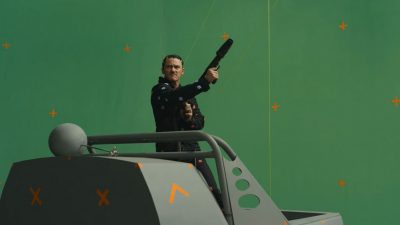

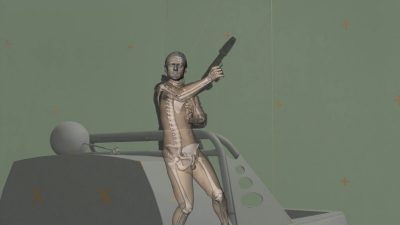
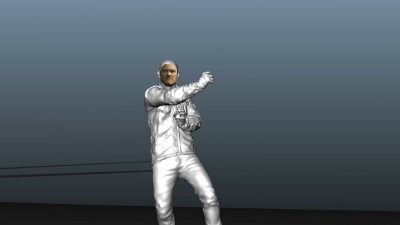
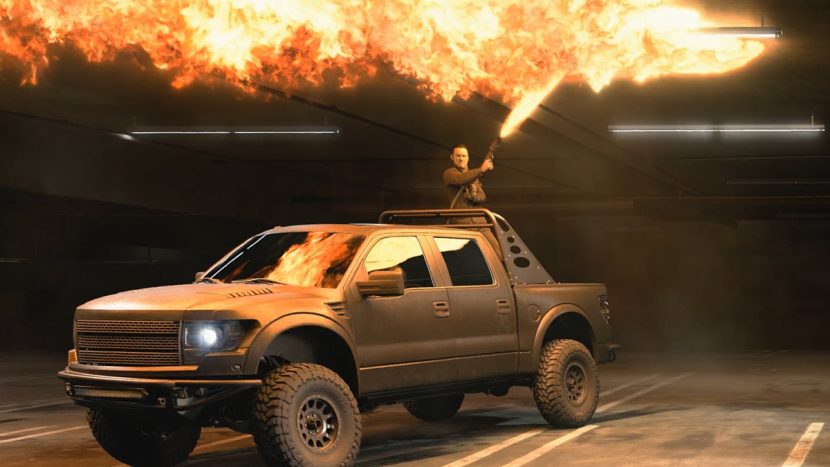
Digi-double creation benefited from Supercharged’s shoot taking place soon after principal photography on Furious 7. “Their VFX crew were really helpful, providing scans and texture photography,” acknowledges Shaw. “Our re-projection pipeline needed the CG characters to line up with the actors really precisely though, and even in that time, there were noticeable differences in their physiques. We made the decision to rebuild the characters from scratch. That way we could be sure the roto-anim would line up perfectly, and that they’d hold up to long takes, full screen at 60fps.”
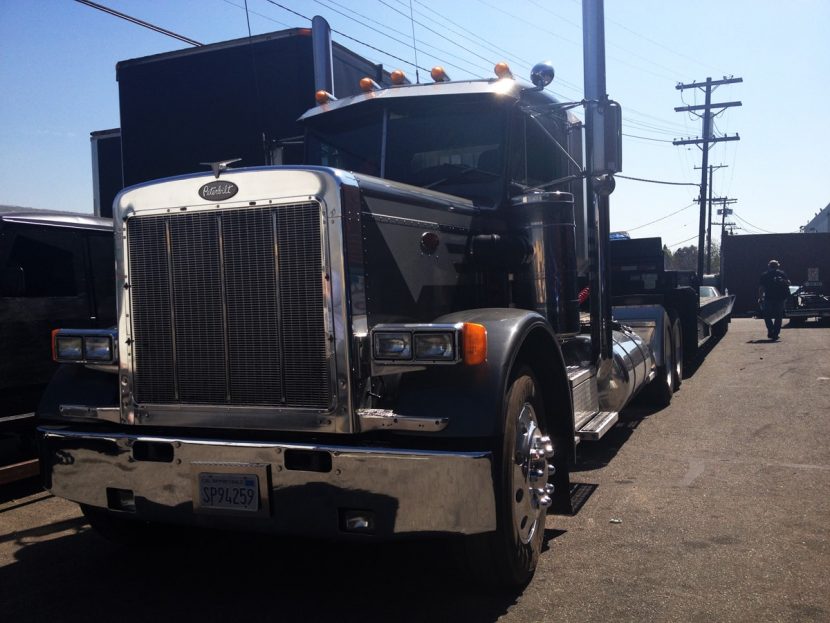
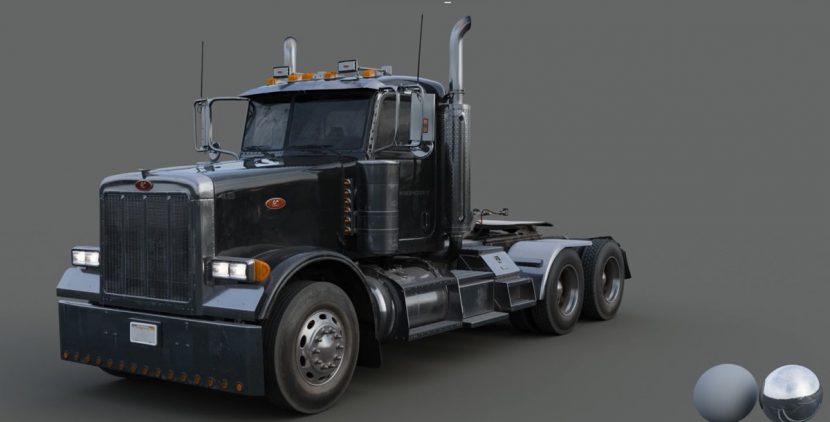
Similarly, some vehicles could be re-purposed from the film series for the ride. Dom’s Dodge Charger and Hobb’s Gurkha armored vehicle were scanned and photographed, while the tow trucks and drones were modeled by MPC based on sketches from Universal Creative. “Since these vehicles were seen close up at 4k, the level of detail MPC put into them was extraordinary,” marvels Shaw. “They put a huge amount of work into the dynamics too. Everything had to look just right – tire deformation, flexing of the chassis, individual vibration of body panels. The driving is so important to the franchise, we couldn’t take any shortcuts.”
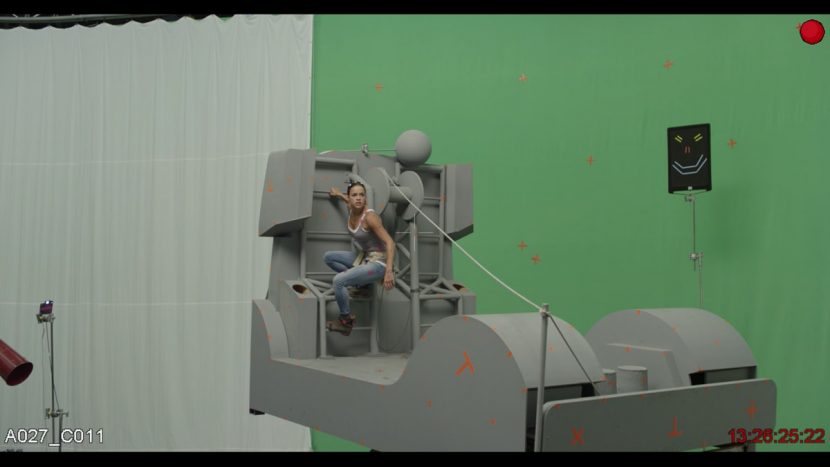
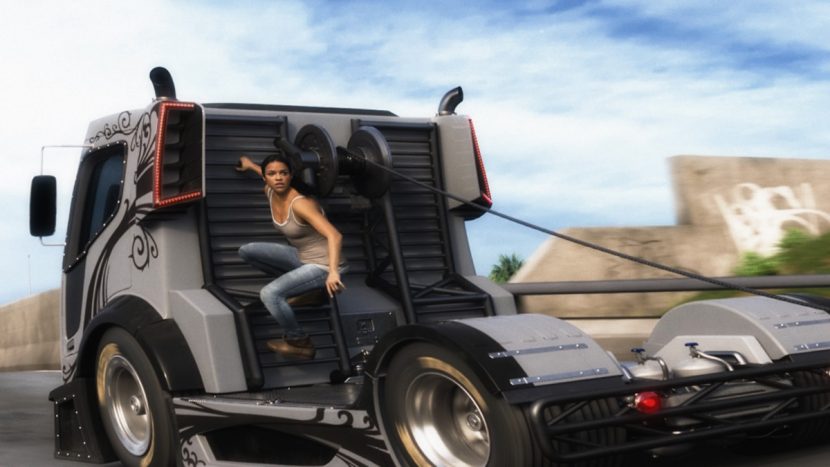
With digi-doubles, CG vehicles, explosions and environments all filling up the 28,000 by 2,000 pixels screen for 90 seconds at 60 fps, the renders were massive. “Over ten million hours of rendering went into the final project,” says Shaw. “The explosions alone took a huge part of that – RenderMan 19 couldn’t handle the overlapping volumes, so the whole FX pipeline had to be recreated in mental ray. We really went up to the wire on final delivery – Universal were still making on-site grading adjustments after the attraction opened!”
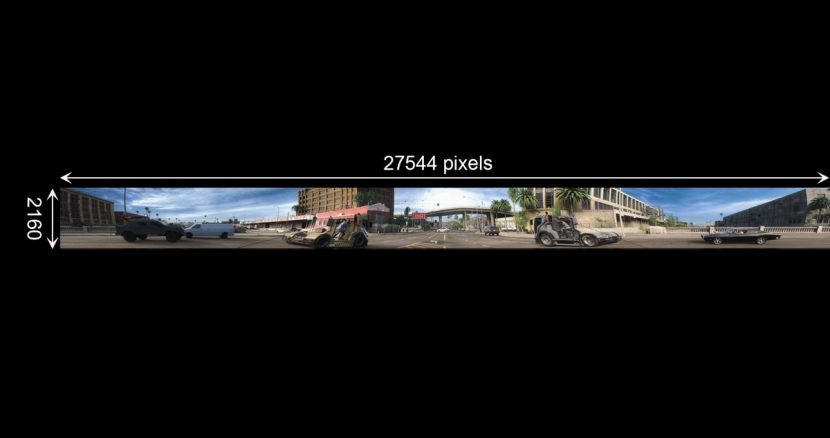
Rise of Pepper’s Ghost
Supercharged actually begins with a pre-show that sets up the pursuit. Here, tram riders watch the actors inside a building – but of course they are not really there, the effect is a hologram based on a 150 year old technique called a Pepper’s Ghost. “A set is built, incorporating an angled transparent sheet,” explains Shaw. “This reflects a hidden scene which then appears to float within the set. In this case, the reflection is of a rear projected screen on which the live action is shown with a black background.”
“Since the projected media can only play on a single plane, it can end up looking rather flat,” adds Shaw. “The Universal team wanted to add more interest by having some of the characters appear on a vehicle lift, rising up on one of their trucks. We decided this could help it feel more dimensional by blurring the boundary between the real and virtual. Real lifts were built in the pre-show sets, with lightweight truck cabs on them. The back half of the trucks were part of the projection, which allowed the virtual characters to interact with them without looking transparent. Of course this relied on the virtual lift matching the timings of the physical one exactly. David Henion managed this in-house at Universal Creative, and the end result is flawless.”
